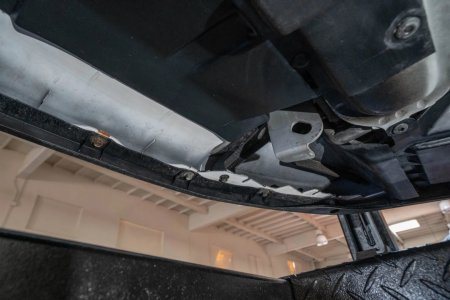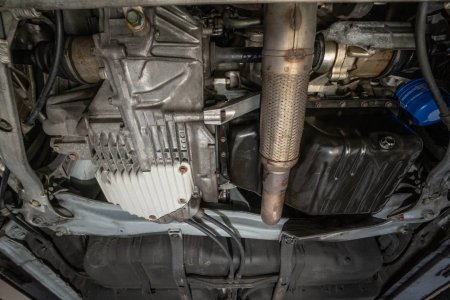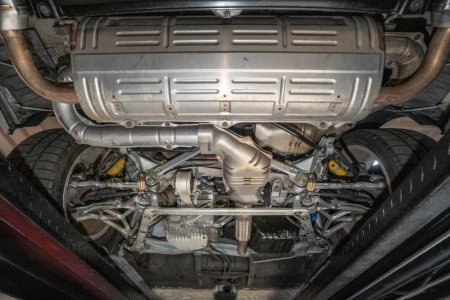Hi everyone,
I am looking to buy a 92 NSX that is super clean but has a lot of heavily corroded bolts underneath.
My question is, how worried should I be about very rusty bolts underneath the car? I will certainly want to replace all the bolts, but does that mean the aluminum parts in contact with the rusty bolts might be affected too? Also, does this indicate that the car was stored in high humidity, which means there is a risk that there are more rusty bolts throughout the car in areas I can't even see?
Thanks in advance for your help.
I am looking to buy a 92 NSX that is super clean but has a lot of heavily corroded bolts underneath.
My question is, how worried should I be about very rusty bolts underneath the car? I will certainly want to replace all the bolts, but does that mean the aluminum parts in contact with the rusty bolts might be affected too? Also, does this indicate that the car was stored in high humidity, which means there is a risk that there are more rusty bolts throughout the car in areas I can't even see?
Thanks in advance for your help.












